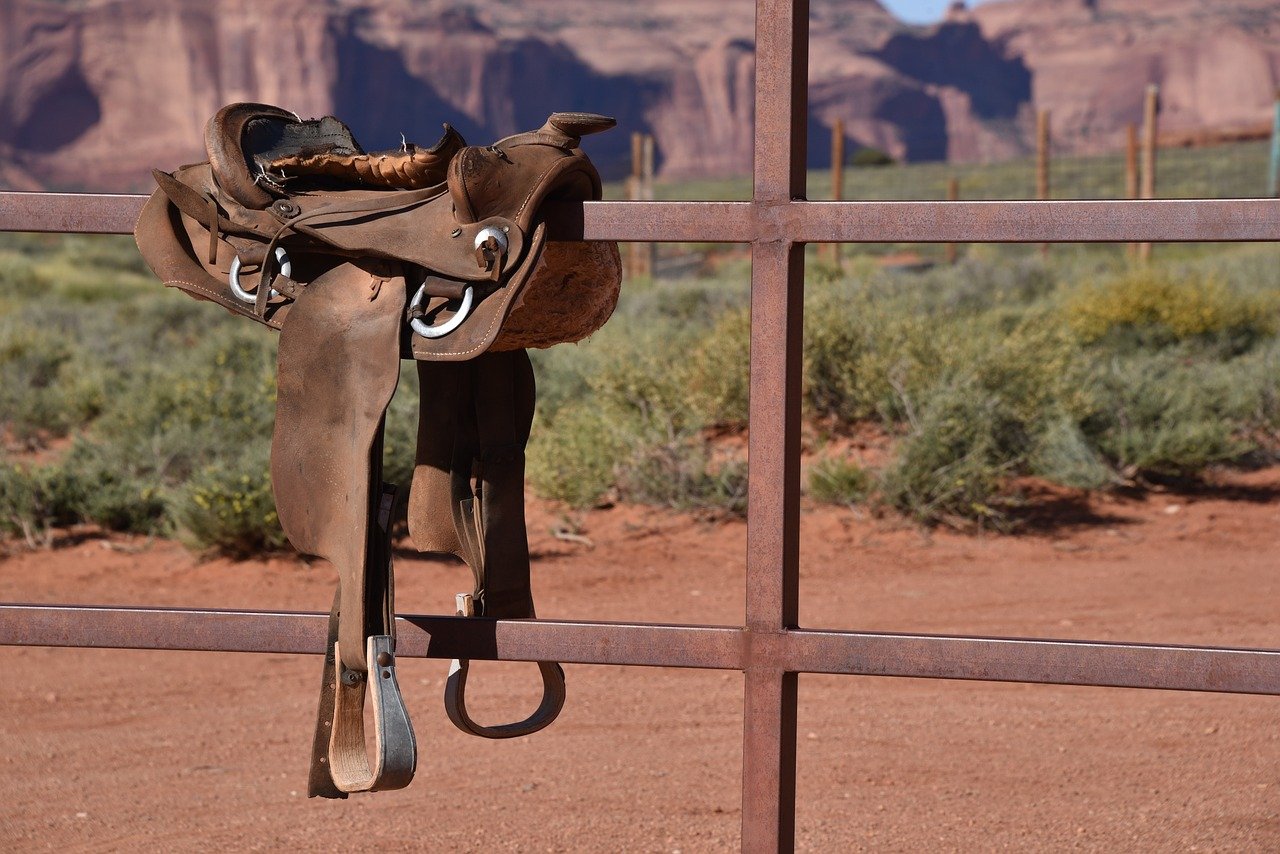History has always interested humans, from the ancient historians of Greece to modern scholars seeking to understand the past that led us to this point. While many of us don’t plan on releasing a research paper outlining the detailed history of our vacation destinations, it is still often fun to learn the past so that one can truly appreciate what they are seeing in the present. While Scottsdale, Arizona may not be the oldest city in the United States, or with the most complex history, it is still a fascinating look into the sands of time that lead to the city we know and love. So, sit back, relax, and join us as we explore Scottsdale history!
The Early Years
Many years ago, back when cattle and their horse-riding guides traveled the endless desert plains, back when a small family very well might be the only inhabitants for miles, and thus when community truly was a priority, a man by the name of Winfield Scott beheld the beautiful valley. Little did he know at the time that his new passion was destined to become a thriving metropolis and create a place in history. In 1888, Scott purchased 640 acres of the valley which now stands in the heart of modern-day Scottsdale, paving the way for the first community in the great desert. In 1894, the valley was officially established, and many found that the soil was ideal for growing citrus fruit, and the area quickly gained the name “Orangedale” due to the endless orchards of orange trees. Olive trees were another common sight during those early years of agriculture, and some of these can still be seen today along Civic Center Boulevard and 2nd street.
A Rapidly Expanding Oasis
In the early year of 1896, the first school system was put into place and the community truly started to grow. As the 1800s drew to a close and the early 1900s got underway, the small town was growing rapidly, and by 1908 the Granite Reef Dam was built, soon followed by the Roosevelt Dam in 1911 to supply the growing community with water. By 1950 the agriculture boom gave way to a thriving ranching community which included the 44,000-acre DC cattle ranch. Due to this, the city quickly gained the reputation as the “West’s most western town,” a title which the city still holds proudly. As the ranching community took off, the new town decided it needed a mayor, and in 1951 Malcolm White was elected to help lead the town to greatness. During this period, the population exploded from a small 2,000 to an impressive 10,000, and by the end of the 1960s, the city of Scottsdale had grown exponentially to a staggering 68,000. By the 1980s, the city peaked at a total of 88,000 and now stretched 185 square miles; by the year 2000, it hosted 202,000 people. The town continued to change and adapt with its growing population, and during the 1990s the gallery district was in full swing and showing off the large array of creative works by the best that Scottsdale had to offer.
In the current era, the small town that started off as a humble orange grove now brings in over 6 million visitors a year and is ranked in the top 100 largest cities in the US. However, this population only increases when one considers that Scottsdale is now part of the much large Phoenix area, cementing it as a hallmark and testimony to the rapid advancement of the US, and more importantly the taming of the wild west.
Plan your Own Journey to Scottsdale
As you can see, Scottsdale comes from a rich history and has been attracting individuals from the first time Scott beheld the dry valley with its towering cactus and scruffy shrubs. So, why not come see for yourself what attracts so many eager visitors every year, and maybe even fall in love with the warm desert yourself. If you’re interested in discovering more about the city, make sure you contact Stay Porter at (888) 627-8207 or book a stay online today!


